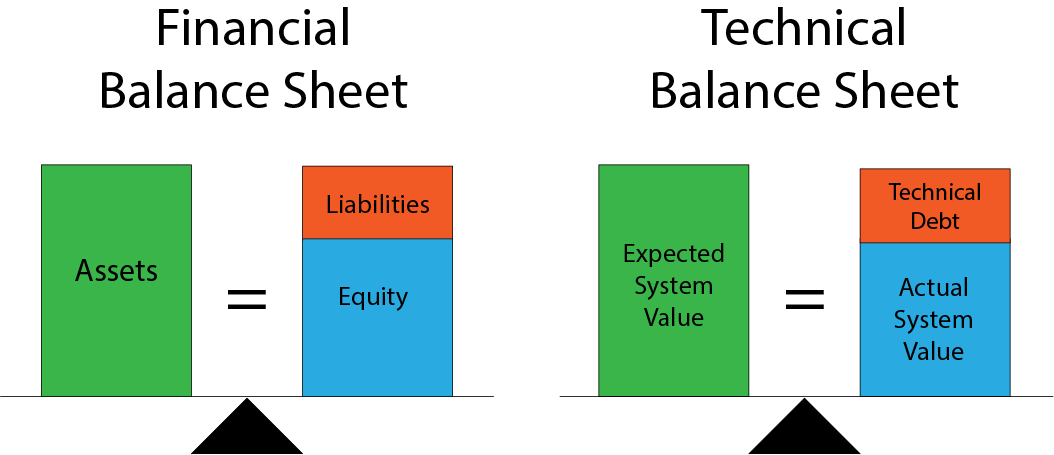Technical debt, what is it and why you need to avoid it.

Any project will usually start by developing a business case to establish challenges the project aims to address, anticipated solution, benefits of such a solution, and associated costs. Project objectives and requirements are also defined. However, decisions to alter some of the aspects of the project, such as the design, the scope, or eliminating some features, may be made during the implementation of the project purposely or unknowingly.
These decisions will eventually alter the quality of the final product. The term technical debt or tech debt, or code debt of software debt, is used to describe the difference between the planned product and the actual project product.
Technical Debt = Expected Product Features – Actual Product Features.
The term technical debt was originally coined by software developer Ward Cunningham, who is also one of the authors of the Agile Manifesto. In an economic context, the term may mean the difference between the value you paid for the project and the actual value of the final product.
Technical Debt = Expected Asset Value – Actual Product Value.
Depending on the size of the debt, the technical debt can seriously affect the organisation's performance. The costs required to fix the technical debt is usually higher by over 50%. Common causes of technical debt include; Poor project management; Inappropriate choice of technology; Inadequate skills among the team, and poor design of the system.